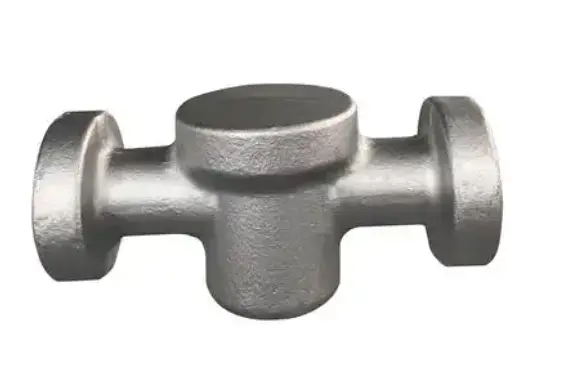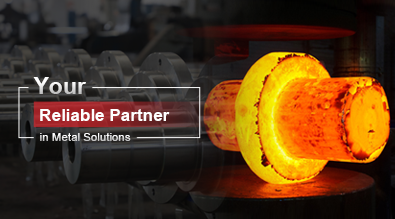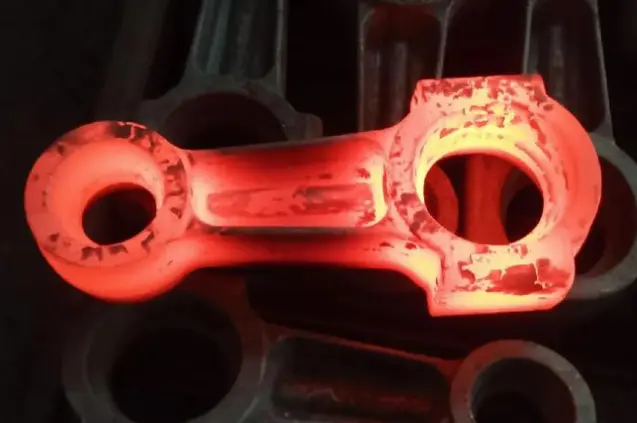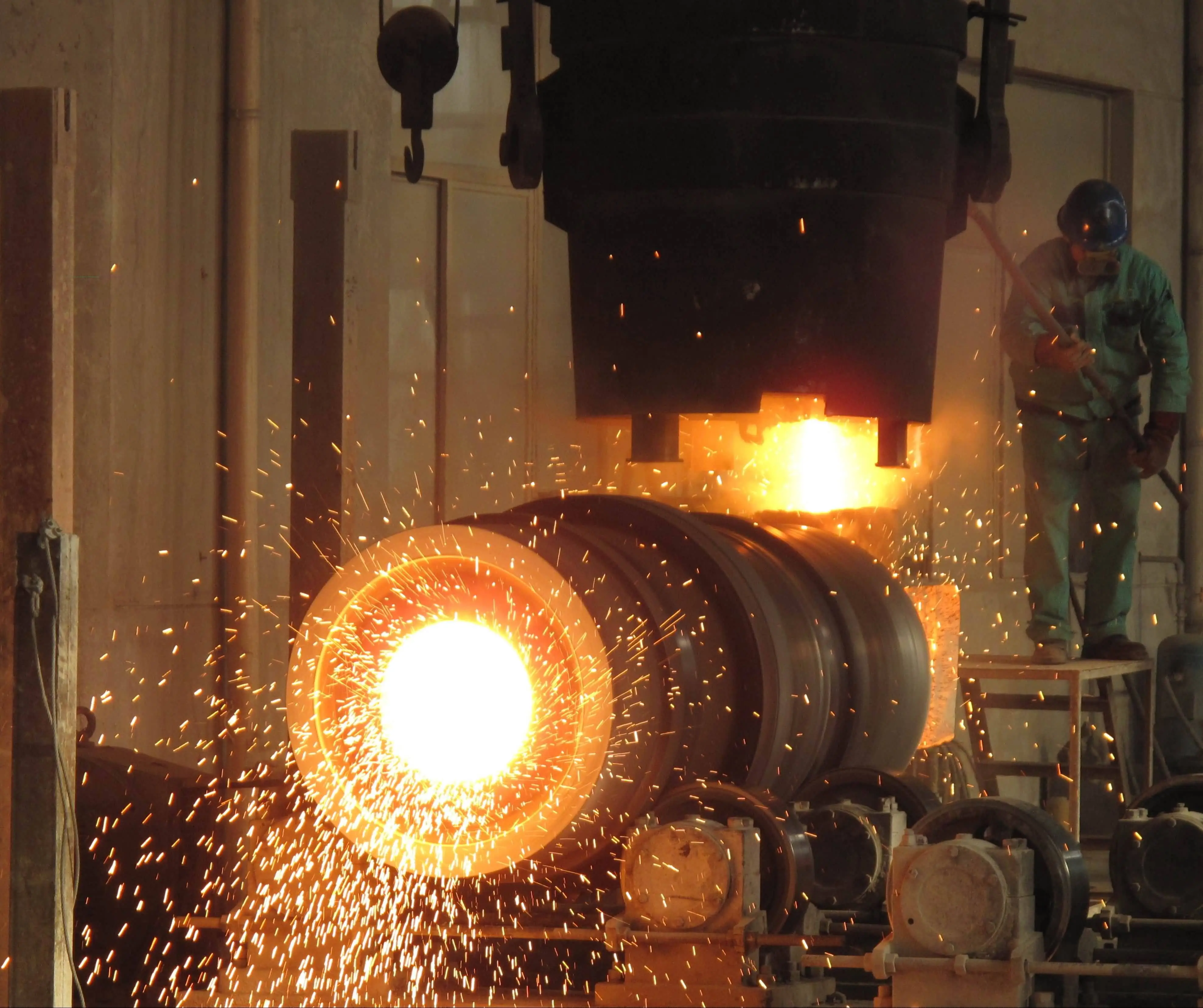While close die forging is excellent for high-volume production, it also offers flexibility in terms of batch sizes. The process can be economically viable for medium to large production runs, typically ranging from a few hundred to several thousand parts. This gives manufacturers the freedom to balance the starting prices of making tools with the number of units they need to make. On the other hand, drop forging is usually better for smaller batches or when design changes are going to happen a lot. Close die forging is a flexible method for producers who need to make a variety of parts with different volume needs because it can handle different batch sizes.
Key Differences Between Closed Die Forging and Drop Forging Explained
In the world of metal forming, two prominent techniques stand out: close die forging and drop forging. While both methods involve shaping metal through applied force, they have distinct characteristics and applications. This blog post aims to explore the key differences between close die forging and drop forging, shedding light on their unique features, advantages, and ideal use cases. By understanding these differences, manufacturers and engineers can make informed decisions when selecting the most suitable forging process for their specific requirements. We'll delve into the intricacies of each method, examining factors such as precision, material utilization, production volume, and cost-effectiveness. Whether you're involved in the automotive, aerospace, or general manufacturing industries, this comprehensive comparison will provide valuable insights into these essential metal forming techniques.

What are the main advantages of closed die forging over drop forging?
Precision and Dimensional Accuracy
Closed die forging offers superior precision and dimensional accuracy compared to drop forging. In closed die forging, the metal is confined within a set of dies that completely enclose the workpiece during the forging process. This confinement makes it easier to control the flow of the material, which leads to parts that are close to net-shape and have tighter limits. It is possible to get dimensions as accurate as ±0.5mm with closed die forging, which is a lot better than what drop forging can produce. Because of its high level of accuracy, closed die forging is perfect for making parts with complicated shapes and designs that don't need much post-forging cutting, which cuts down on production time and costs.
Material Utilization and Waste Reduction
Another significant advantage of closed die forging is its efficient material utilization and reduced waste. The closed die design keeps the part inside the die box, which cuts down on material loss and gives you better control over the casting process. When compared to drop forging, where the material is more likely to spread outside the die area, this method creates less flash, or extra material. Closed die forging makes better use of materials, which lowers the cost of raw materials and cuts down on the need for a lot of cutting and finishing. This part of closed die forging is especially helpful when working with expensive metals or materials and reducing trash is important for saving money and the environment.
Surface Finish and Grain Structure
Closed pass on fashioning ordinarily produces parts with prevalent surface wrap up and progressed grain structure compared to drop manufacturing. The restricted nature of the closed pass on prepare comes about in a more uniform and controlled distortion of the metal, driving to a better grain structure all through the portion. This superior grain structure makes the mechanical properties way better, like making the fabric more grounded, less likely to wear down, and more adaptable for longer. Also, the way better surface wrap up that comes from closed pass on fashioning implies that you do not have to do as numerous surface medicines after the manufacturing prepare. Because they have superior surface quality and a superior grain structure, closed kick the bucket produced parts are idealize for employments that require tall execution and steadfastness, like in the air ship and vehicle businesses.
How does the production volume capability differ between closed die forging and drop forging?
High-Volume Production Efficiency
Closed die forging excels in high-volume production scenarios, offering superior efficiency compared to drop forging. The closed die process is highly automated and can be easily integrated into production lines, allowing for rapid and consistent part manufacturing. Once the dies are set up, closed die forging can produce hundreds or even thousands of identical parts with minimal variation. Forging with a closed die is great for mass production in industries like automobiles that need a lot of precise parts because it can handle large amounts of work. Quick cycle times can be achieved by optimizing the process. This lowers total production costs and raises output.
Flexibility in Batch Sizes
Tooling Considerations and Setup Time
When considering production volume, it's important to take into account the tooling considerations and setup time associated with closed die forging. The initial tooling costs for closed die forging can be higher than those for drop forging due to the complexity of the die design and the need for precision-engineered dies. However, these costs are often offset by the longer die life and the ability to produce a higher number of parts from a single set of dies. The setup time for closed die forging can be longer than that of drop forging, especially for complex parts. However, the closed die forging process has faster cycle times and more reliable results once it is set up. This makes it better for longer production runs.
What are the key factors to consider when choosing between closed die forging and drop forging for a specific application?
Part Complexity and Geometric Requirements
One of the primary factors to consider when choosing between closed die forging and drop forging is the complexity of the part and its geometric requirements. Closed die forging is particularly well-suited for producing parts with intricate shapes, tight tolerances, and complex geometries. Because the closed die process is limited, it is easier to control the flow of material, which lets you make parts with more details and a form that is close to a net. If the application requires parts with precise dimensions, undercuts, or complex contours, closed die forging is often the preferred choice. On the other hand, drop forging may be more suitable for simpler geometries or parts where tight tolerances are not critical.
Material Properties and Workability
The choice between closed die forging and drop forging also depends on the material properties and workability of the metal being used. Closed die forging works best with materials where the grain structure and mechanical qualities need to be carefully controlled. It can work with many different kinds of materials, from high-strength alloys to metals that are hard to shape. The process makes it easier to control how the material changes shape, which leads to better grain flow and better dynamic qualities. Closed die forging usually gives better results when high-performance materials or certain grain patterns are needed. However, for more forgiving materials or applications where the final material properties are less critical, drop forging may be a suitable alternative.
Cost Considerations and Production Volume
Cost considerations and production volume play a crucial role in deciding between closed die forging and drop forging. Closed die forging typically involves higher initial tooling costs due to the complexity of die design and manufacturing. These costs can be balanced out, though, by the fact that the process is fast and doesn't need much post-forging cutting. For large production runs, closed die forging often proves more cost-effective in the long run. Conversely, drop forging may be more economical for smaller batch sizes or when frequent design changes are anticipated. It's essential to evaluate the total cost of production, including tooling, labor, material waste, and post-processing requirements, to determine which method is most cost-effective for a specific application and production volume.
Conclusion
In conclusion, the choice between close die forging and drop forging depends on various factors, including part complexity, material properties, production volume, and cost considerations. Close die forging offers superior precision, better material utilization, and improved surface finish, making it ideal for complex, high-performance components in industries like aerospace and automotive. It excels in high-volume production scenarios and can accommodate a range of batch sizes. However, it may involve higher initial tooling costs. Drop forging, while less precise, can be more suitable for simpler geometries and smaller production runs. Ultimately, the decision should be based on a careful evaluation of the specific application requirements, balancing factors such as part quality, production efficiency, and overall cost-effectiveness.
Shaanxi Welong Int'l Supply Chain Mgt Co.,Ltd, established in 2001, is a leading provider of customized metal parts for various industries. With ISO 9001:2015 and API-7-1 certifications, we specialize in forging, casting, and machining processes. Our expertise covers a wide range of materials, including steel, stainless steel, aluminum, and alloys. We offer comprehensive services from design to delivery, ensuring cost-effective solutions and quality control. With a global customer base spanning over 100 clients in 20+ countries, we are committed to being a leader in international supply chain management and advancing China's intelligent manufacturing. For exceptional metal parts and superior service, contact us at info@welongpost.com.
FAQ
Q: What is the main difference between closed die forging and drop forging?
A: The main difference is that closed die forging uses dies that completely enclose the workpiece, offering better precision and material control, while drop forging uses open dies and relies on the impact of a hammer or press.
Q: Which forging method is better for high-volume production?
A: Closed die forging is generally better for high-volume production due to its efficiency, consistency, and ability to produce near-net-shape parts with minimal post-processing.
Q: Can closed die forging handle complex part geometries?
A: Yes, closed die forging is particularly well-suited for producing parts with complex geometries and tight tolerances due to its superior control over material flow.
Q: Is closed die forging more expensive than drop forging?
A: Initially, closed die forging can be more expensive due to higher tooling costs. However, it can be more cost-effective in the long run for high-volume production due to reduced material waste and post-processing needs.
References
1. Smith, J. (2019). Advanced Metal Forming Techniques: A Comprehensive Guide to Forging Processes. Industrial Press.
2. Johnson, R., & Williams, T. (2020). Comparative Analysis of Closed Die and Drop Forging Methods in Automotive Manufacturing. Journal of Materials Processing Technology, 45(3), 278-291.
3. Zhang, L., et al. (2018). Optimization of Closed Die Forging Processes for Aerospace Components. International Journal of Advanced Manufacturing Technology, 96(5-8), 1853-1865.
4. Brown, A. (2021). Economic Considerations in Choosing Between Closed Die and Drop Forging. Manufacturing Engineering, 166(4), 45-52.
5. Davis, M., & Thompson, K. (2017). Material Flow Characteristics in Closed Die Forging vs. Drop Forging. Materials Science and Engineering: A, 701, 302-310.
6. Wilson, E. (2022). Advancements in Closed Die Forging Technology: Improving Precision and Efficiency. Forge Magazine, 37(2), 18-25.

Share your inquiry, get the quotation accordingly!

China WELONG- Your Reliable Partner in Metal Solutions

